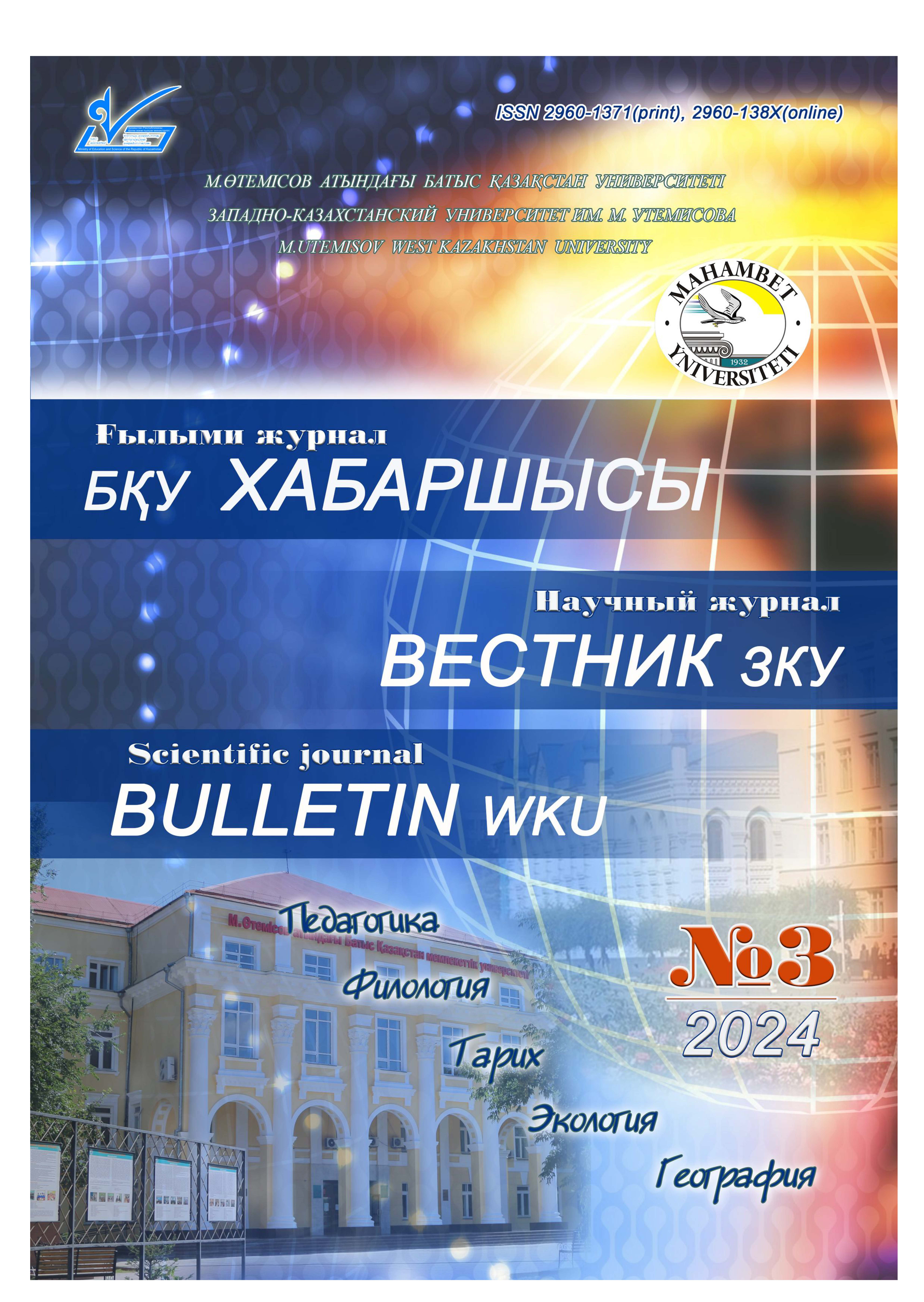THEORETICAL FOUNDATIONS FOR INTRODUCING THE FREE ASSOCIATION METHOD IN TEACHING A FOREIGN LANGUAGE
Анотація
This article explores the theoretical underpinnings of integrating the free association method into foreign language teaching. Drawing upon established theories in linguistics, psychology, and pedagogy, the paper elucidates the rationale behind incorporating this innovative approach into language instruction. The free association method, derived from psychoanalytic principles, encourages learners to make spontaneous, subconscious connections between words and concepts, thereby enhancing vocabulary retention and fluency. By examining relevant literature and empirical studies, this article provides a comprehensive framework for understanding how the free association method aligns with key theories such as constructivism, cognitive psychology, and socio-cultural theory. Additionally, practical implications and considerations for implementing this method in the language classroom are discussed, including adaptation to diverse learner populations and proficiency levels. Ultimately, this theoretical exploration serves to inform language educators and researchers about the potential benefits and challenges of integrating the free association method into foreign language pedagogy.



